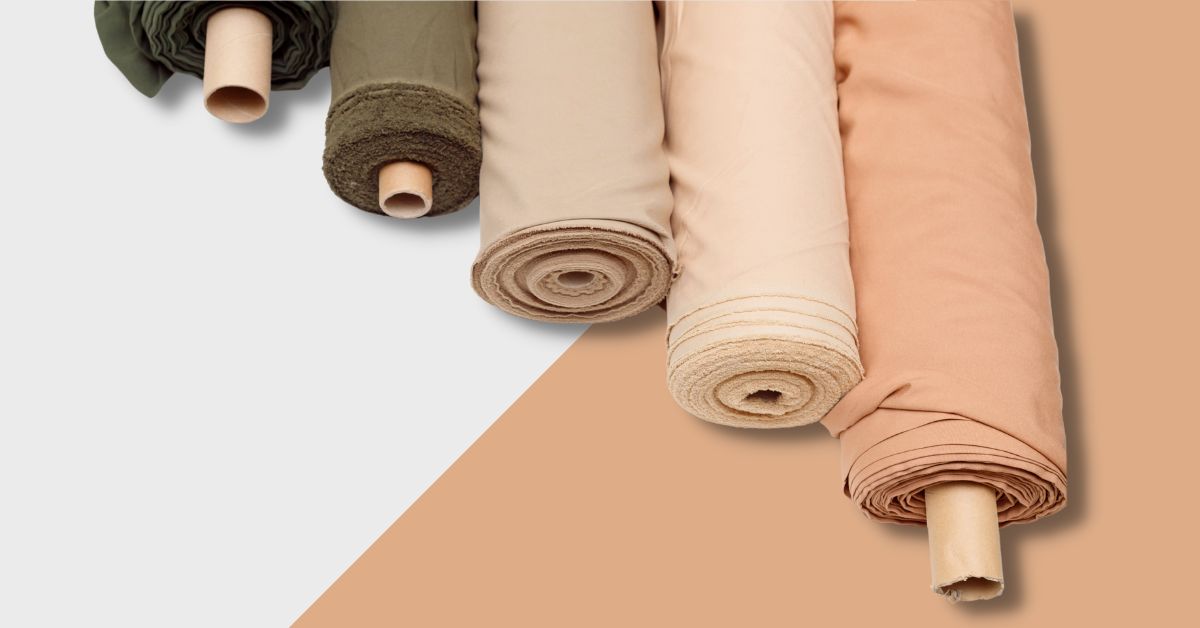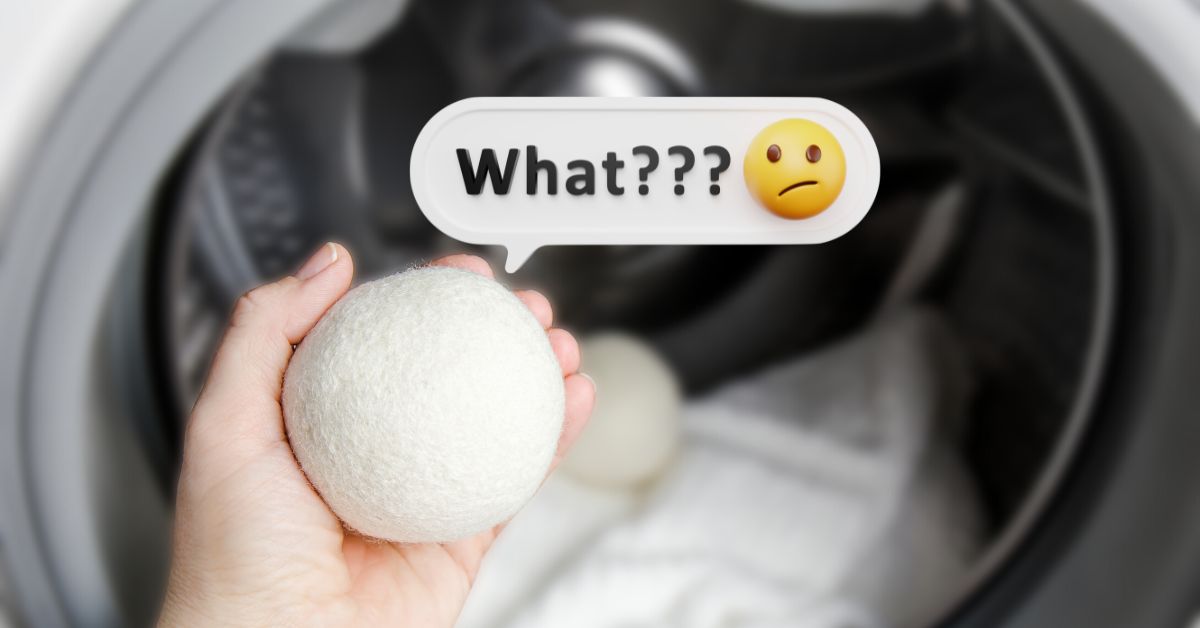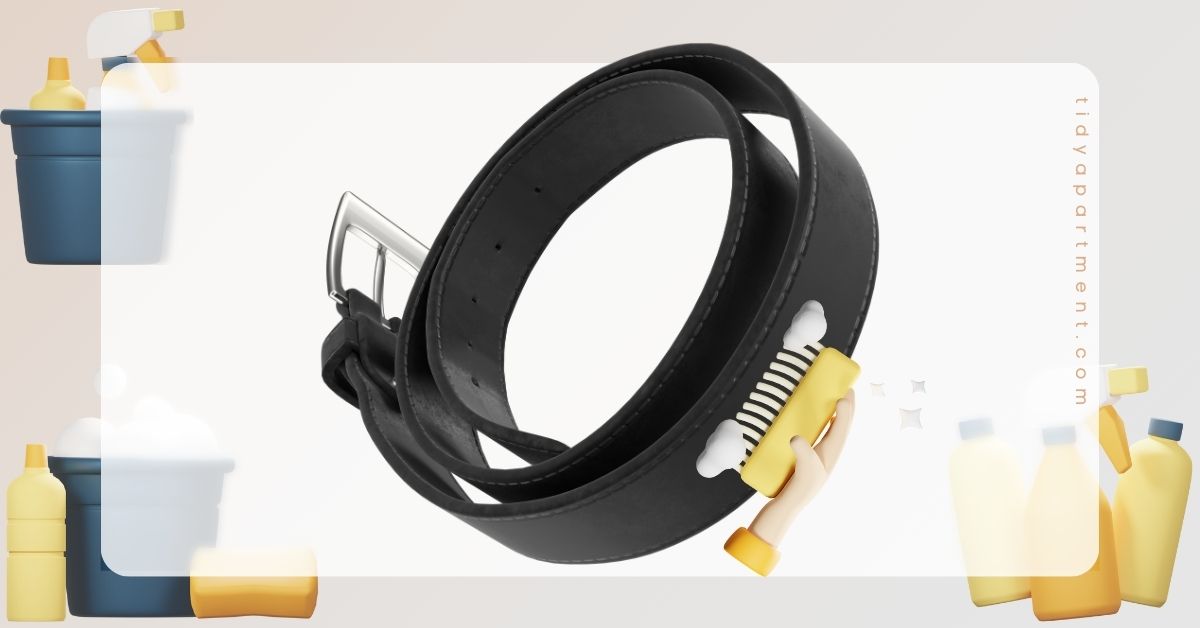Synthetic fabrics have revolutionized the fashion industry since their introduction in the early 20th century. Unlike natural fabrics, artificial materials are used to make synthetic fabrics. However, not all synthetic fabrics are created equal.
Whether you’re a fashion enthusiast or simply curious about your clothes, understanding the different types of synthetic clothes can help you make informed decisions about what you buy and wear.
Page Content
7 Different Types of Synthetic Clothes
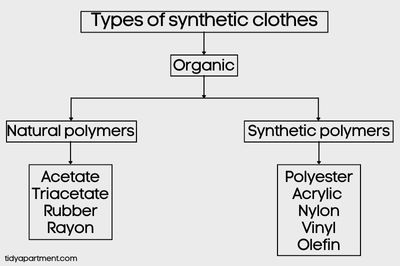
1. Acetate and Triacetate
Acetate and triacetate fabrics are some of the oldest synthetic fibers manufactured in the United States. A few modifications on acetate to increase its resilience and durability gave triacetate—a more robust synthetic material.
Both acetate and triacetate serve as affordable alternatives to silk. They are prone to damage when cleaned with acetone or paint thinner.
Do you own acetate or triacetate clothes? Then you must read: How to Wash Acetate and Triacetate Clothes
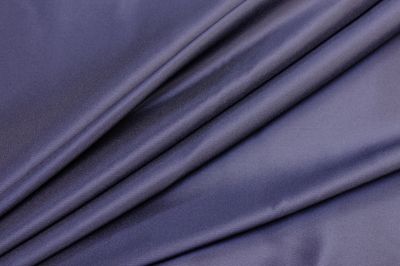
2. Acrylic
The main feature of acrylic fiber is its uneven texture once the manufacturing process is complete. In addition, mimicking natural fibers is possible when cut into small lengths and spun into threads. Acrylic makes it possible to give out a well-draping fabric with a silky feel.
Acrylic is durable and rigid. These clothes are prone to oil stains, which require extra care when cleaning.
Do you own acrylic sweaters? If yes, then you must learn: How to Wash Acrylic Sweater
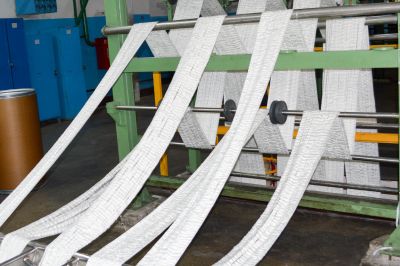
3. Nylon
The induction of nylon fibers in the 1930s disrupted the manufacturing and textile worlds. The world got a fabric that helped to create thin stockings for women, tough nets for fishermen, durable floor mats for cars, and many other products, of which manufacturing had been only a dream before.
Being sensitive to high temperatures and heat, cleaning nylon fabric needs extra care to prevent it from melting, shrinking, or deforming when exposed to machine dryers or while ironing.
If you own nylon clothes, then you must read: How to Wash Nylon Clothes
Related: How to shrink nylon?
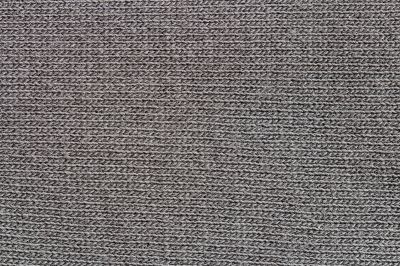
4. Polyester
Two British scientists, John Whinfield and James Dickson, first produced Teryline, the first polyester fiber, in 1941. They took inspiration from W. H. Carothers, a DuPont scientist responsible for spawning nylon earlier. As of date, polyester covers 50% of the world’s clothing.
And it is evident from the presence of polyester in almost all categories of fabrics, from mere silk to upholstery and carpets. You may get permanent wrinkles on polyester if it’s washed in a washer set to hot water during spinning.
Want to learn the most effective way to clean polyester clothes? Then you must read: How to Wash Polyester
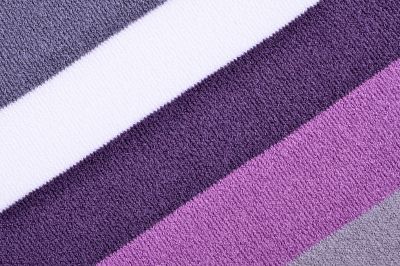
5. Vinyl and Rubber
These synthetic materials were limited to protecting against rain. However, thanks to designers who helped vinyl and rubber products pave their way into other fashion types. Vinyl and leather products serve ideally as an alternative to leather, allowing users to flaunt their high-fashion style.
Most oil-based and petroleum-based solvents can damage vinyl and rubber fabrics. The oil solvents in the vinyl film fabric destroy the plasticizer, which causes stiffness. Be extra careful while washing these fabrics, as the traditional laundry process may damage their finish.

6. Rayon
Rayon is a fabric produced from cellulose fibers that stem from wood pulp. Rayon is the result of the chemical treatment of wood fibers and, therefore, is a synthetic product. Today, rayon is the most favored fabric in the clothing and home accessories segments due to its affordability. Rayon is also known as Modal, Lyocell, or Viscose in today’s market.
Tired of wrinkles on your rayon clothes? Then you must read: How to Get Wrinkles Out of Rayon
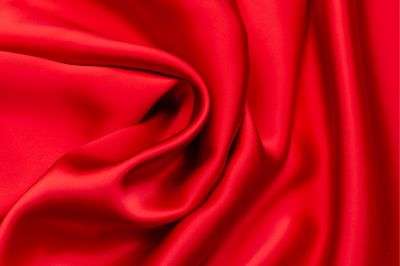
7. Olefin
Fabrics made by combining synthetic polypropylene with polyethylene fibers are Olefin. The initial monofilament production began in 1958. Soon later, in 1961, it was developed as a multifilament polypropylene for fabric use. Olefin production is cost-effective as compared to other synthetic fabrics.
Olefin allows itself to weave into a closely knit heavy textile like a carpet. On the other hand, it can also give you a soft, flexible, and lightweight cloth to prepare athletic wear or socks. Olefin fabric is famous for its ability to wick away moisture from your body.
Perchloroethylene solvent used by some dry cleaners may damage olefin fabric if cleaned at a high temperature.
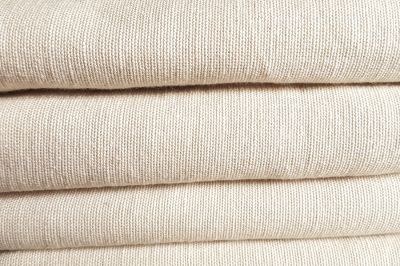
- What are examples of synthetic clothes?
The most commonly selling synthetic clothes are microfiber, nylon, acrylic, nylon, polyester, rayon, and olefin.
- What synthetic fabric to avoid?
The most toxic synthetic fabrics for the environment are Polyester, Nylon, Rayon, Acrylic and Acetate.
Related: How to Wash Synthetic Clothes
